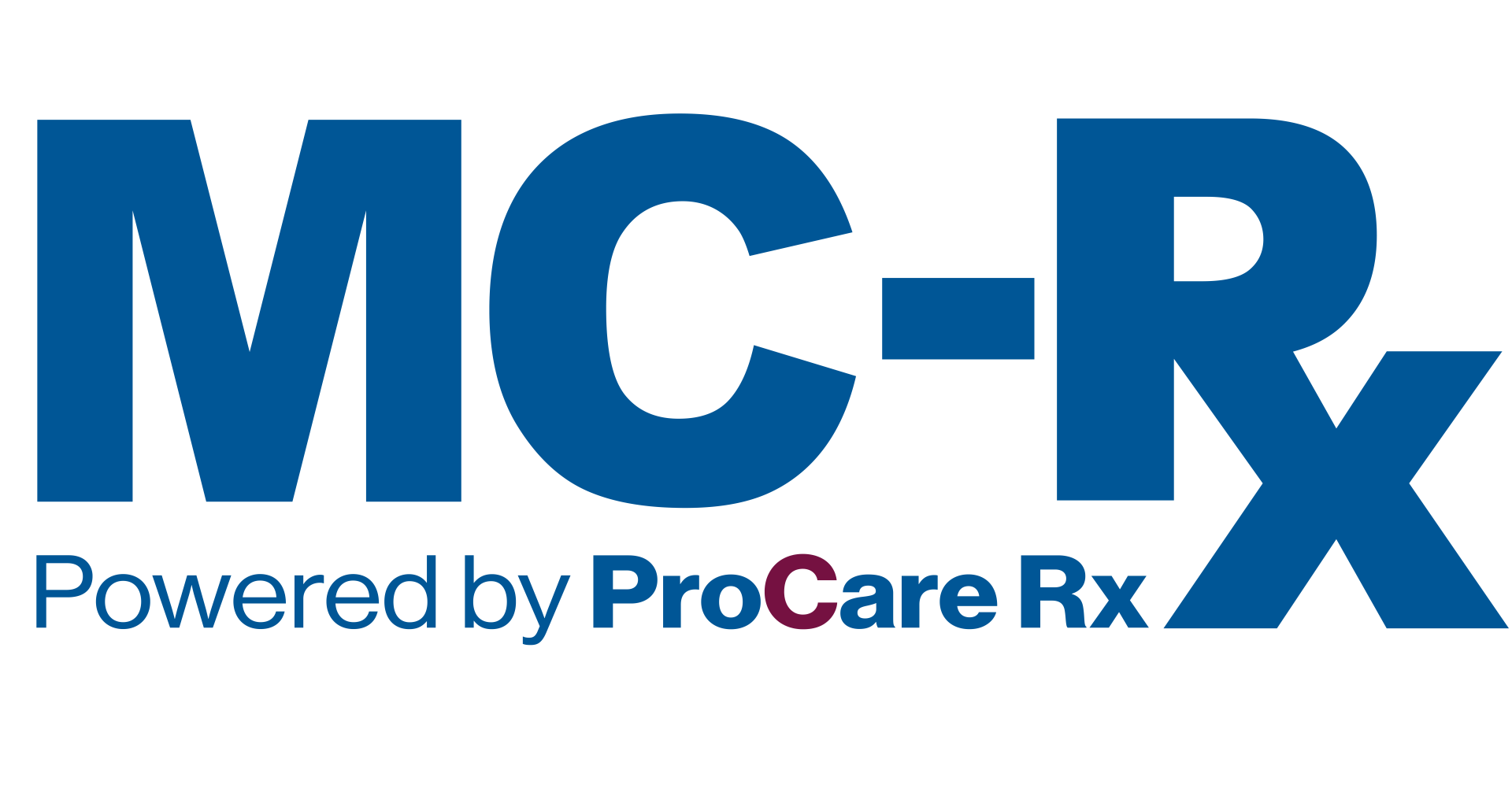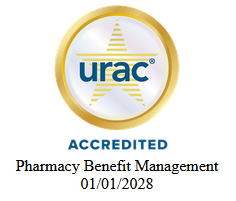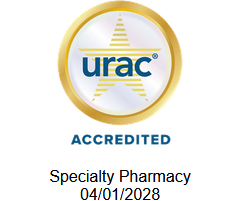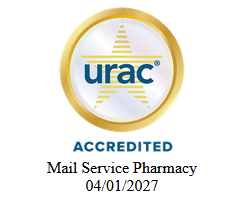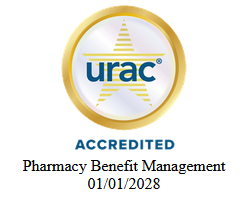What is a Biosimilar?
Biosimilars

To understand what a biosimilar is, we must first understand what biological products are:
Biological products (also known as reference products or original biologic) are a diverse group of drugs that are made up of large molecules such as protein, sugar, and other complex substances and are approved by the Food and Drug Administration (FDA) to diagnose, prevent, treat, or cure diseases. Some examples of a biological medication include:
Insulin glargine (Lantus®): used to treat type 1 and 2 diabetes
Adalimumab (Humira®): used to treat rheumatoid arthritis, Crohn’s disease, and other autoimmune diseases.
Since biological products contain large complex molecules, these cannot easily be replicated as regular medications. When a new biological product that’s similar to the original biologic becomes available on the market, it is referred to as a biosimilar.
Biosimilar is also a biological medication approved by the FDA that is highly similar to the original biological product. Their minor differences are not clinically significant and they are equally safe, effective, and as pure as the original biologic products. In other words, a biosimilar product is to generic medication as an original biological product is to brand medication. The main difference is that generic medications are the exact copies of the brand drug, whereas biosimilars contain minor differences compared to the original biologic product. Some examples of a biosimilars are: (Original Biologic Product Biosimilar)
• Neulasta® (pegfilgrastim) Fluphila® (pegfilgrastim-jmdb), Ziextenzo® (pegfilgrastim-bmez)
• Neupogen® (filgrastim) Nivestym® (filgrastim-aafi), Zarxio® (filgrastim-sndz)
Important Key Points: Besides being equally safe and as effective as the original biologic products, biosimilars have more advantages as they generally carry less copay from plan insurance and provide a greater amount of savings compared to original biologics. In fact, it is estimated that biosimilars are 30% cheaper than biologic products.
Even though one original biologic product may have multiple biosimilars, it is important to mention that they cannot be switched as regular medications unless the switch is approved by the FDA. It’s crucial that doctors specify the exact biosimilar or reference product they want to prescribe, and that the pharmacy dispenses the exact medication. The main reason is that for a biosimilar to be interchanged with its original biological product, it must meet additional requirements established by the FDA.
Interchangeable Biosimilar: A biosimilar that meets the additional requirements and can be interchanged with the original biological product. These interchangeable biosimilars can be switched with their original biological product and vice versa without consulting the healthcare professional who originally wrote the prescription. This means that if a doctor prescribes a biologic product that is not available in the pharmacy, the pharmacist may substitute with its biosimilar without the doctor’s approval as long as the substitution is approved by the FDA. As of now, the only FDA-approved interchangeable biological drugs that are commercially available are:
Insulin glargine-yfgn (Semglee®) and insulin glargine (Lantus®): Both are safe and effective and are used to treat diabetes. Insulin glargine-yfgn (Semglee®) can be switched with Lantus® and vice versa since it complies with the additional requirements established by the FDA, and has the approval to do so. However, it is not interchangeable with other biosimilars such as Basaglar® (also insulin glargine) or any other insulin, as the switch is not approved by the FDA.
References
• About Biosimilars and Interchangeable Products. (2022). Retrieved 7 March 2022, from https://www.fda.gov/drugs/biosimilars/biosimilar-and-interchangeable-products
• Golden L. Peters, M. (2022). Naming of Biological Products. Retrieved 7 March 2022, from https://www.uspharmacist.com/article/naming-of-biological-products
• Goldman, D., & Philipson, T. (2021). Biosimilars Competition Helps Patients More Than Generic Competition. USC Schaeffer. Retrieved 11 March 2022, from https://healthpolicy.usc.edu/ article/biosimilars-competition-helps-patients-more-than-generic-competition/
• How do Drugs and Biologics Differ? - BIO. (2022). Retrieved 7 March 2022, from https://archive.bio.org/articles/how-do-drugs-and-biologics-differ



